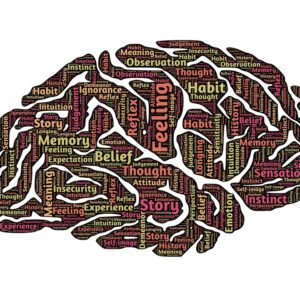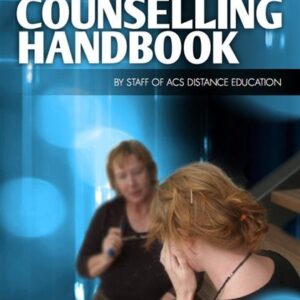 COURSE STRUCTURE
COURSE STRUCTURE
The course is divided into six lessons as follows:
- Communication in emerging relationships
- Self-awareness & communication goals
- Communication patterns in relationships
- Influences on relating behaviour
- Communication techniques and skills
- Maintaining relationships
AIMS
- To examine the importance of communication in emergent relationships and its changing role within relationships;
- To understand different influences affecting and changing interpersonal needs over the lifespan;
- To recognise the role of cultural and physical environmental influences on communication;
- To identify and examine patterns of communication in close relationships;
- To understand constructive and destructive methods of maintaining relationships;
- To discuss patterns of relationship breakdown and the role of constructive and destructive communication;
- To consider the effectiveness of different communication techniques in relationships.
Extract from course notes:
For many individuals, the desire to connect with others in a meaningful, enjoyable or beneficial relationship is a natural basic drive but, for various reasons, many find it elusive. While opportunities for making relationships generally surround us (unless we are in complete isolation), many people find it very difficult to take steps towards establishing a relationship, or even in expressing interest in establishing one. This is not always due to shyness, though that can be a major obstacle. We may be hampered by low self-esteem, which leads us to think that no-one is interested in us or that we don’t have what it takes to interest and create relationships with others. We may have experienced previous hurts or rejections, or been raised in an uncaring or hostile environment which can make us fearful of rejection or fearful of anticipated hurt. In each of these cases, understanding the process of establishing a relationship can be helpful.
There are two main aspects to establishing a relationship: One is taking the steps to initiate a relationship, the first steps towards a relationship. The other is what we do to create interest in a relationship to keep that initial contact or those first steps going.
Our success in each of these areas can be largely determined by what we bring to the interaction: our awareness of and expectations of ourselves, the other person, and of the relationship.
EXAMPLES OF WHAT YOU MAY DO IN THIS COURSE
- Determine ways in which we consciously communicate in a relationship, and ways in which we unconsciously communicate.
- Examine the thinking, behaviour, triangle, and its role in establishing holistic communications.
- Determine different negative messages that can damage relationships and different positive messages that can nurture them.
- Define effective and ineffective communication.
- Determine attitudes or expectations (thoughts and beliefs) that can result in destructive communication, and describe one likely negative outcome for each.
- Identify common needs and goals people wish to satisfy through relationships.
- Identify cultural or social influences that affect individual and family attitudes to happiness, self-expression, and relationships.
- Explain psychological theories and terms such as attribution theory, implicit personality theory, Gestalt impression formation, inference processes, stereotyping.
- List benefits and disadvantages of ‘self-disclosure’ and ‘self-disguise or concealment’ (lying)
- Discuss the role that judgment and other roadblocks plays in preventing a person from understanding and/or respecting another person’s point of view and feelings.
- Consider the ‘stages of a relationship’ models.
- Reflect on the languages of love and how praise and gifts can build a relationship.
- Discuss strategies and techniques for replacing negative communication patterns in relationships with positive patterns.





